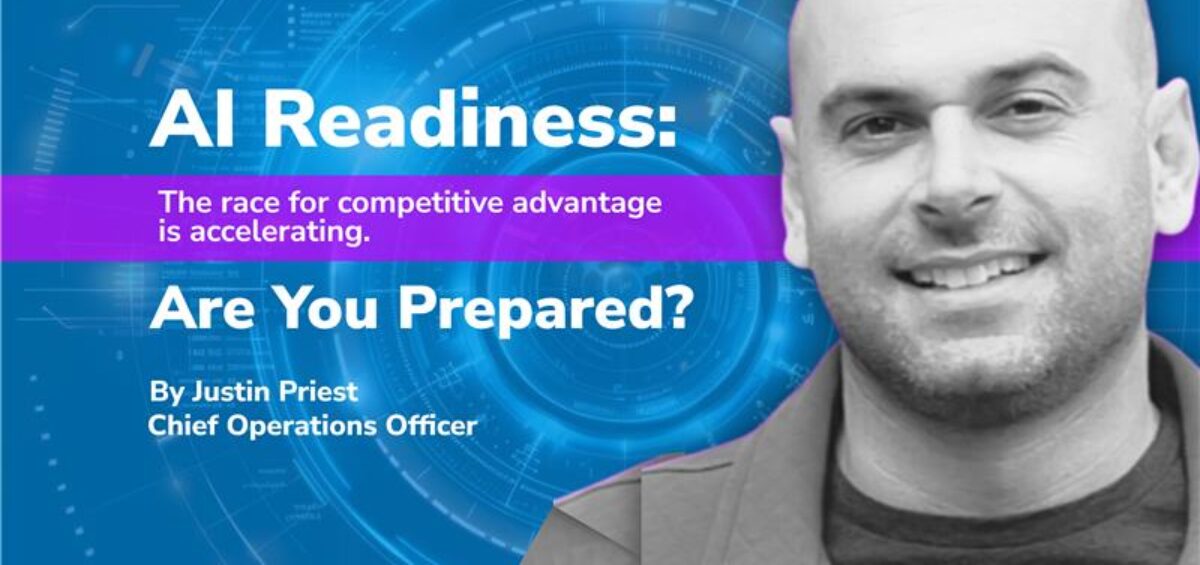We’re past the “should we adopt AI?” conversation. The question now is whether your organization is ready when the opportunity arrives.
ConsultNet Blog
Traditional consulting models are being challenged by the speed of AI. For decades, consulting followed a predictable formula: diagnose the problem, craft the strategy, hand over the deck, and move on. But that model is crumbling. AI doesn’t just change what we recommend. It changes what consulting needs to be.
IT leaders are caught in a bind. Demand for digital transformation is accelerating while access to technical talent is contracting. Budgets are under scrutiny. Timelines are compressing. And recent policy shifts have made that tension impossible to ignore.
Hiring for roles that didn’t exist five years ago is now a reality, not a rarity. AI has fundamentally altered the landscape of work, and with it, the way we think about talent.
AI is rewriting the rules of business. Every industry is talking about the tools, platforms, and algorithms that will transform their future. But without the right talent, even the most advanced systems sit idle.
Recent changes in U.S. H-1B visa fees are already pushing companies to rethink how they access global tech talent.
“AI ISN’T COMING. IT’S HERE. AND THE ORGANIZATIONS THAT DON’T ADAPT WILL BE LEFT BEHIND.” That line isn’t just for attention. It’s your strategic alarm bell. AI isn’t a side project; it’s fundamentally reshaping the way organizations operate.
It’s Monday morning, and you’re announcing yet another “exciting opportunity for transformation.” A new AI tool rollout. Cloud migration phase three. Another restructuring to “optimize for efficiency.” Your team’s cameras might be on, but their eyes say what they won’t: they’re exhausted.
In a world where software is released hundreds of times a day, most PMOs are still approving projects like it’s 2007. We recently worked with a Fortune 500 CTO whose digital transformation was floundering.
I’ve seen IT leaders make major investments in new technology only to discover the root problem wasn’t the system at all. The real difference comes when strong talent is paired with smart process design.










